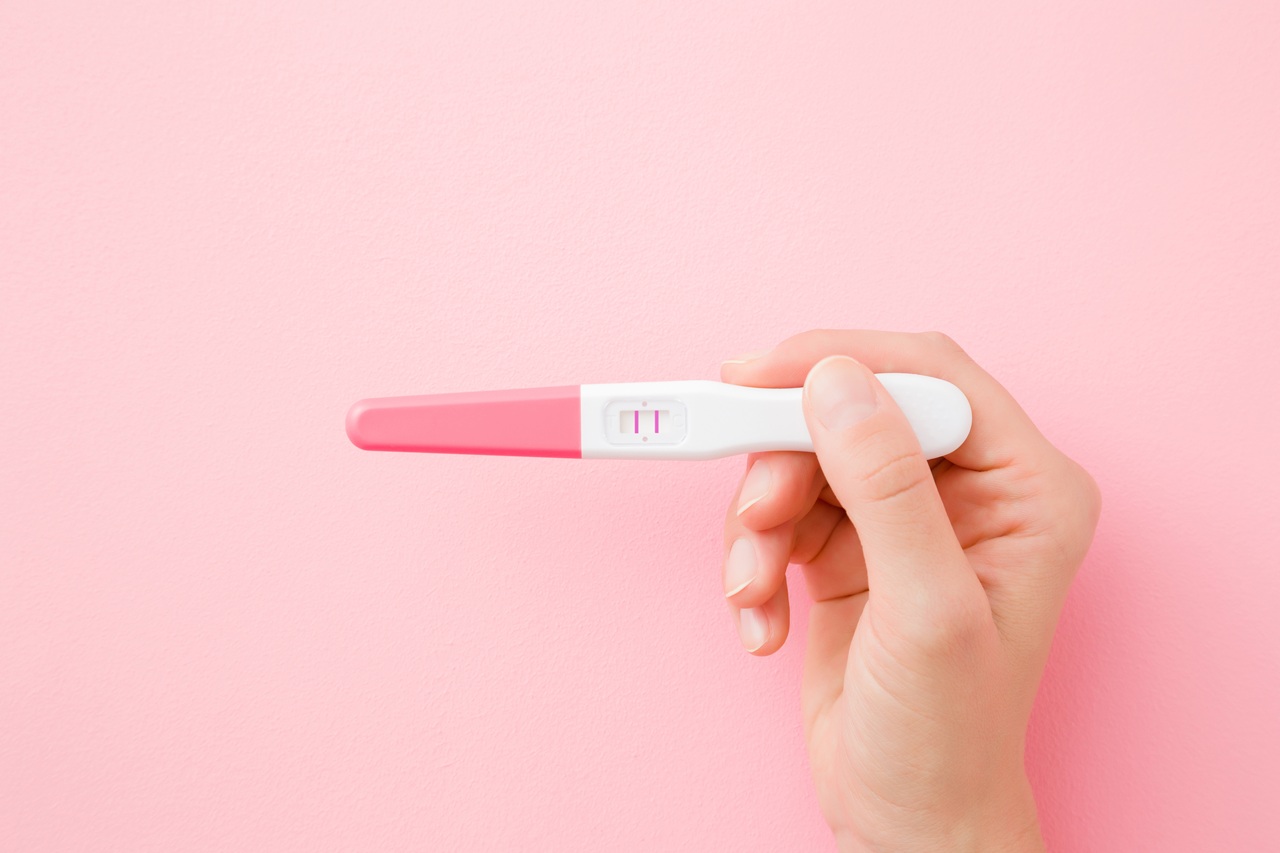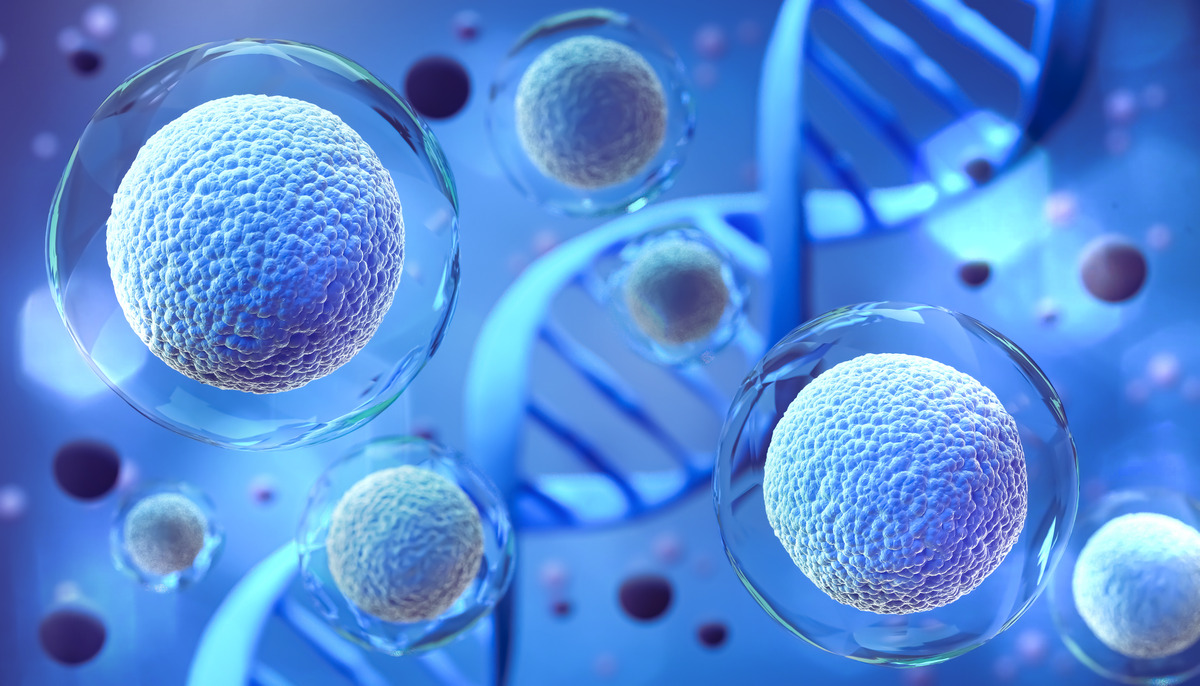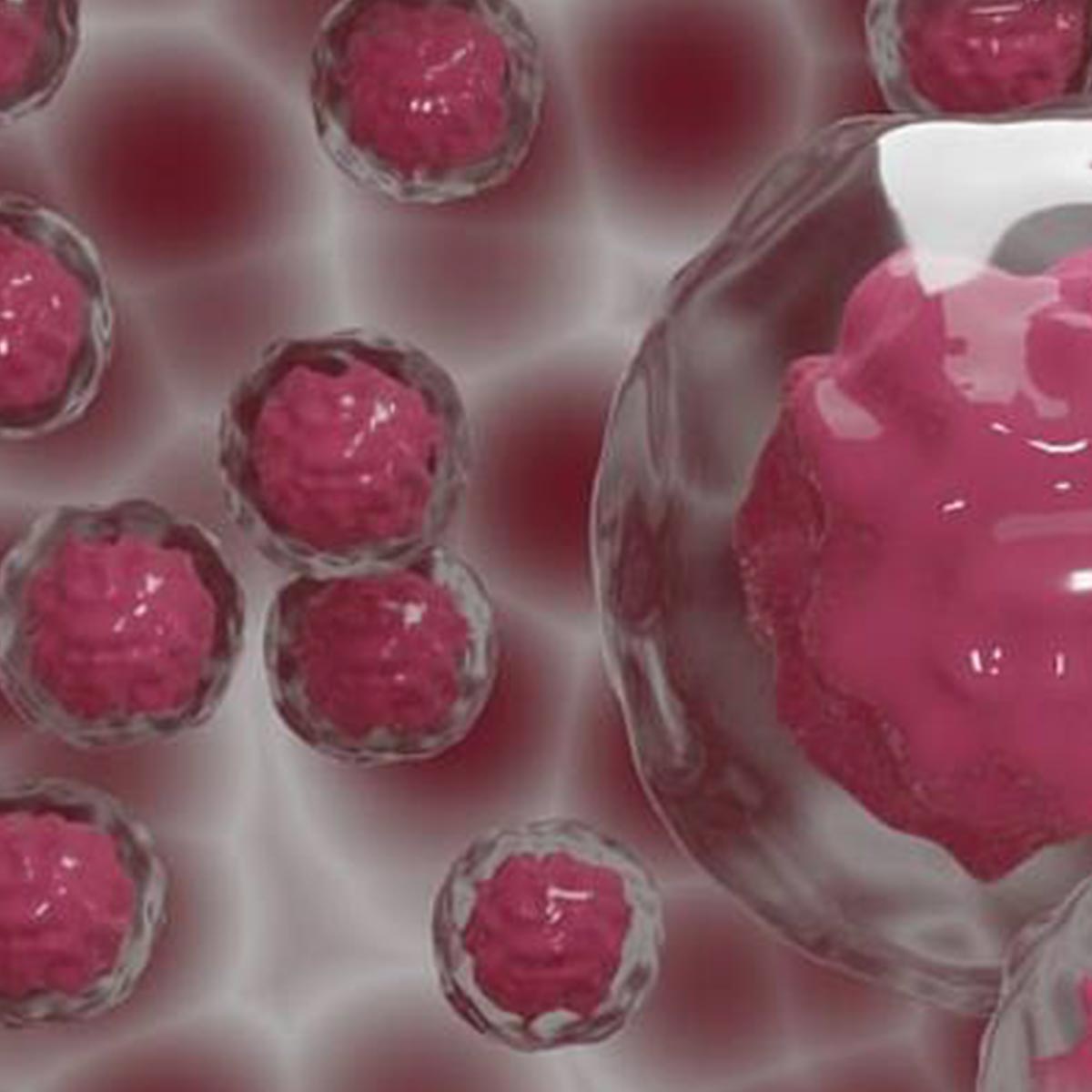From Birth to Breakthroughs: Understanding Baby Stem Cells and Their Lifelong Benefits

If you are an expectant parent, you will definitely focus on the secure future of your baby. And why not? Every couple will try to prioritise their child’s future and offer them the best-secured life. Currently, one of the best ways to ensure your little one’s well-being is stem cell banking. The process involves preserving your baby’s stem cells and using them for future medical purposes.
But did you know that public or private stem cell banking has many other benefits beyond this offering? Let’s explore them below to understand why it's considered a smart health investment.
A Quick Overview of Stem Cell Banking
Stem cell banking or cord blood banking is a process that involves collecting and freezing your baby’s umbilical cord stem cells by leveraging cryogenic technology. These cells can help healthcare professionals treat life-threatening diseases such as leukaemia, sickle cell anaemia, immune disorders, and other bone marrow diseases that require a transplant.
The umbilical cord blood is rich in hematopoietic stem cells (HSCs), which are responsible for generating all types of blood cells including red blood cells, white blood cells, and platelets. Cord tissue can also be banked to preserve mesenchymal stem cells (MSCs), which have the ability to form bone, cartilage, and fat cells, and are currently being researched for their potential in regenerative medicine and immune modulation.
Stem cell preservation can also be a valuable resource for protecting your family members against 80+ medical diseases in the future. How? Let’s understand in the next section.
Top Stem Cell Banking Benefits
Stem cell banking involves the preservation of stem cells, which:
- Have the ability to self-renew themselves
- Can transform into specialised cells such as brain cells, blood cells, and muscle cells
Stem cells are undifferentiated cells with pluripotent or multipotent properties, meaning they can become various cell types in the body depending on their origin. Hematopoietic stem cells primarily differentiate into blood-related cells, while mesenchymal stem cells are capable of becoming cells of connective tissue.
There is also ongoing, extensive research in the field of “regenerative medicine,” where professionals are actively exploring the ability of stem cells to treat various injuries or diseases. In fact, experimental evidence also suggests that these unspecialised cells can function as repair mechanisms for the replacement of damaged cells.
On that note, here is an overview of the benefits of stem cell banking:
- A Lifesaver for Siblings and Family Members
Stored stem cells can be a perfect match for the baby, but that’s not always the case. Sometimes, these cells can be a partial match for siblings or parents, which makes them a valuable family resource in case of medical emergencies.
The probability of a sibling being a full match (HLA-identical) is about 25%. Cord blood stem cells can be used for related and unrelated transplants due to their lower risk of graft-versus-host disease (GVHD) compared to bone marrow.
- Non-invasive and Painless Collection
Neither the mother nor the baby will face any pain or complications during stem cell banking. The process of collecting the cells is completely risk-free and safe. The best part is that it is done right after birth and does not affect the delivery process.
Cord blood collection is performed after the umbilical cord is clamped and cut, posing no risk to the newborn or the mother. The process takes less than 10 minutes and does not interfere with standard birthing procedures.
- High Regenerative Potential
As we mentioned earlier, research is ongoing over the potential of using stem cells in regenerative medicine. The stem cells can easily regenerate damaged tissues, which is the primary reason why they are being studied for future treatments in regenerative medicine. If it's a success, they will be used for medical treatments associated with spinal cord injuries, cerebral palsy, and even Type 1 diabetes. Clinical trials are underway for the use of cord blood and tissue-derived stem cells in neurological, cardiac, and autoimmune conditions.
- Improved Transplantation Success
Umbilical cord blood stem cells are less likely to cause rejection than bone marrow cells. Moreover, their preservation and banking do not require a perfect genetic match, improving chances of transplant success.
Cord blood transplants are associated with a reduced risk of immune rejection and lower incidence of graft-versus-host disease (GVHD). It is a potentially serious complication of transplants. Additionally, the cells are cryopreserved and readily available, reducing waiting time for recipients.
Which is Better: Public or Private Stem Banking?
You can preserve your newborn’s cord blood stem cells either through public or private stem cell banking. However, many folks are confused regarding which of the two options is the best.
We have drawn the comparison between both banking types in the table below for a better understanding:
| Feature | Public Stem Cell Banking | Private Stem Cell Banking |
| Cost | Free of charge | Paid service with initial and annual storage fees |
| Ownership | Donated for public use; no personal ownership | Owned exclusively by the family |
| Availability | Available for anyone needing a match | Reserved solely for your child and immediate family |
| Usage Guarantee | No guarantee you can retrieve the same sample | 100% guaranteed access whenever needed |
| Matching Requirement | Sample must match recipient's HLA typing | No matching needed for the child (perfect match) |
Public banks contribute to a global registry, increasing the chances for any patient in need to find a match, especially for those with rare HLA types. Private banks ensure exclusive access, but the actual probability that a child will use their own banked cord blood is estimated at 1 in 2,700 to 1 in 200,000, depending on the source and condition.
In simple words, both public and private stem cell banking allow you to preserve your baby’s future medical treatment purposes. So, the option you choose depends on your budget requirements and whether you want exclusive access to the stem cells or are open to donating them for public use.
How Much Does Stem Cell Banking Cost?
The cost of stem cell banking in India varies depending on various factors like service provider, storage duration, additional medical benefits incurred, and more. On average, the prices start at ₹52,500 and can reach up to ₹351,000, depending on your requirements.
Costs often include an initial processing fee, annual or lifetime storage fees, and may cover either just cord blood or both blood and tissue. Some banks offer installment plans or discounts for longer-term contracts. Ensure the facility is accredited by national or international authorities (such as AABB or FACT) for quality and safety.
It’s always recommended to compare plans, understand what’s covered, and ask about hidden costs before making a decision.
Secure Your Baby’s Future with Cryoviva
By now, you are already aware of the stem cell banking benefits. So, what’s next? If you are planning to conceive soon and want to secure your child’s future, contact Cryoviva now. We are the top platform in India providing stem cell banking services at affordable rates. You can also speak to our experts to get a better understanding of the umbilical cord stem cell preservation process.
Remember, your child’s health is a priority, and stem cell banking is the first step towards securing it.













 Enquiry
Enquiry
 Email
Email Phone
Phone
 Whatsapp
Whatsapp